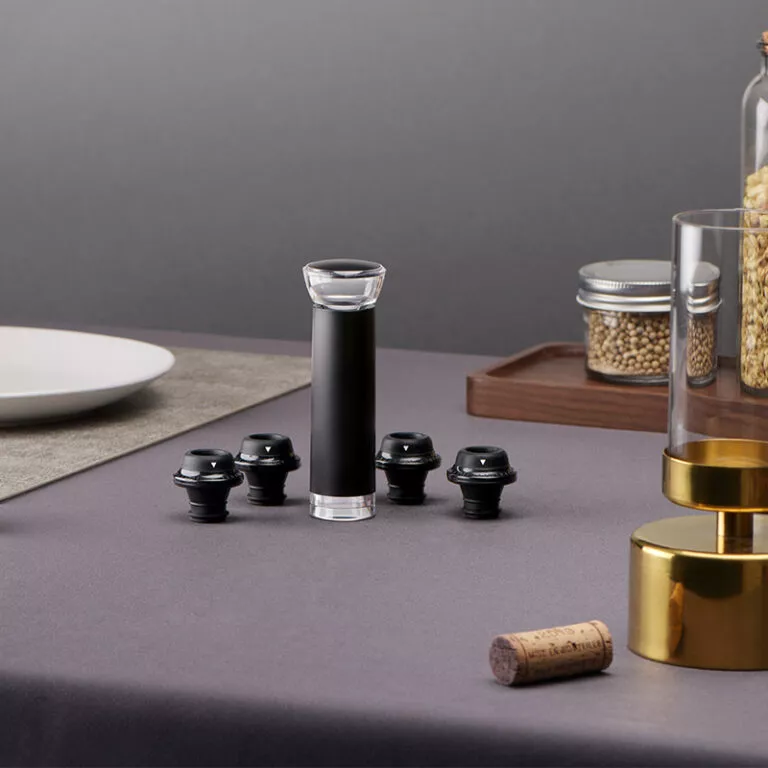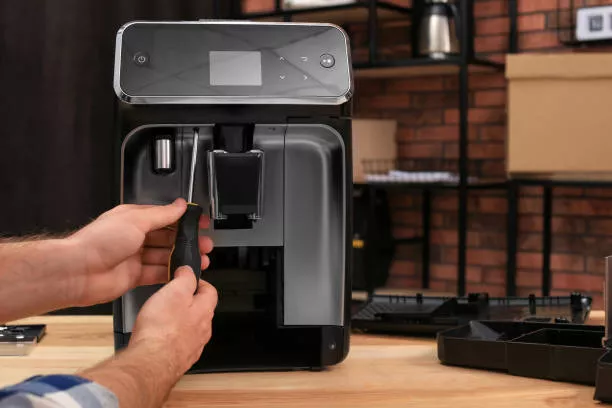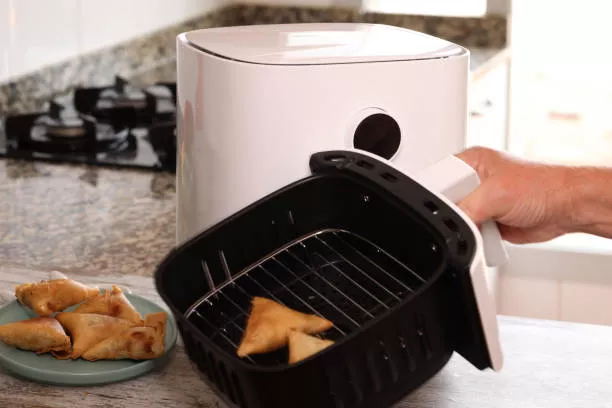Electric salt and pepper grinders have gained popularity in kitchens across the world. Promising convenience, consistency, and efficiency, these devices offer a quick way to season your food. But are they really worth the investment, or is it better to stick with manual grinders? Let’s explore the pros and cons to help you make an informed decision.
Electric grinders are often marketed as being more convenient than manual ones. With just the push of a button, you can instantly grind your salt or pepper. This ease of use makes electric grinders especially attractive for people who have difficulty twisting a manual grinder or simply want to save time. The effortless grinding action also makes them suitable for people with arthritis or those who have limited hand strength, ensuring everyone can add freshly ground seasonings to their dishes.
Beyond convenience, electric grinders also provide a consistent and uniform grind. When you’re grinding salt or pepper by hand, it’s easy to produce uneven results, especially if you’re adjusting the grind size on the fly. With an electric grinder, you can rely on the motor to handle the work, giving you a more uniform texture every time. This consistency is particularly important for dishes where precision is key, such as seasoning meat or preparing a delicate sauce.
However, the biggest downside to electric grinders is the price. These grinders tend to be more expensive than manual models, and you’ll also need to factor in the cost of batteries or recharging them. If you don’t mind spending extra for the convenience of an electric grinder, it’s worth it. But for those who are simply looking for an affordable tool to add seasoning, a manual grinder might be a better choice.
Another thing to consider is the durability. While electric grinders are usually built with high-quality materials, they may not be as durable as manual grinders, especially when it comes to the grinding mechanism. A manual grinder, with its fewer moving parts, may last longer and require less maintenance.
Ultimately, electric salt and pepper grinders are worth it for people who value convenience and consistency. If you’re looking for a quick, easy way to season your food, they can certainly enhance your cooking experience. However, if you prefer simplicity and don’t mind putting in a little elbow grease, a manual grinder may suit your needs just fine.
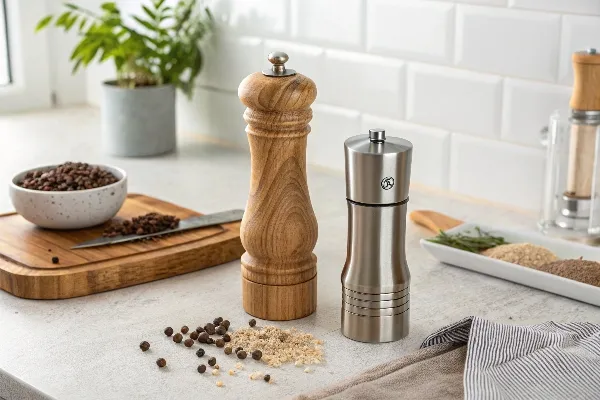
Is it better to grind your own salt and pepper?
Grinding your own salt and pepper has long been a practice recommended by chefs and cooking enthusiasts alike. But is it really worth the effort? The short answer is yes, grinding your own seasoning provides several benefits that pre-ground options1 simply can’t match.
First and foremost, grinding your own salt and pepper helps preserve the essential oils and flavors that are often lost in pre-ground versions. When salt and pepper are ground and exposed to air, they begin to lose their flavor over time. Pre-ground pepper, in particular, can become stale quickly, losing its aromatic and spicy kick. Grinding your own peppercorns or salt crystals ensures that you’re getting the full, fresh flavor every time you season your food.
Moreover, grinding your own spices allows for greater control over the size and texture of the grind. Whether you prefer a fine, powdery texture for soups or a coarse grind for meat, grinding your own salt and pepper gives you the flexibility to adjust based on the dish. Some electric grinders even come with adjustable settings, allowing you to switch between different grind sizes with ease. This control can elevate your cooking, ensuring that you get the seasoning just right.
Grinding your own seasoning can also have a psychological effect—it feels fresher and more personalized. There’s something about freshly ground salt and pepper that makes food feel more special. Additionally, using whole peppercorns and large salt crystals offers a more premium experience that can make cooking feel like a culinary art.
While pre-ground salt and pepper are undoubtedly convenient, they lack the freshness, control, and flavor that freshly ground spices offer. Grinding your own salt and pepper is not only a great way to boost the flavor of your dishes, but it also helps elevate your cooking to the next level.
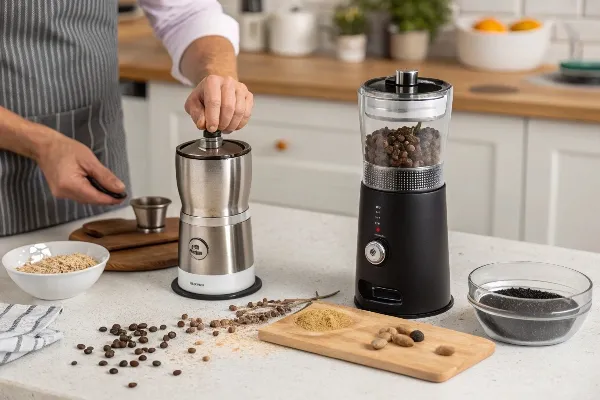
What kind of salt and pepper do you put in electric grinders?
When choosing salt and pepper for an electric grinder, it’s important to select the right type of salt and peppercorns to ensure optimal grinding performance and flavor. Electric grinders work best with certain types of salts and peppercorns, and using the wrong one could lead to clogs or inconsistent grinding.
For salt, you should always opt for coarse salts1 like sea salt or Himalayan pink salt. These salts are larger in size, which makes them easier to grind. Fine salts like table salt are too small and can cause the grinder to jam or clog, especially if they get stuck in the grinding mechanism. Coarse salts, on the other hand, allow for a smooth and consistent grind. Additionally, coarse salts tend to have more natural minerals, which can add a subtle complexity to the flavor.
Similarly, for pepper, it’s important to use whole peppercorns rather than pre-ground pepper. Whole peppercorns retain their flavor and oils longer than pre-ground pepper, giving you a fresher, more aromatic seasoning. When choosing peppercorns, black pepper is the most commonly used, but you can also use white, green, or even pink peppercorns for different flavor profiles.
It’s also worth noting that different electric grinders may have different capacities for grinding, so it’s important to make sure the size of the salt or pepper fits the grinder. Some grinders come with adjustable grind settings, which allow you to control the coarseness of the grind, but others may only offer a single grind size. Always check the specifications of your electric grinder to make sure it’s compatible with the type of seasoning you want to use.
Using the right kind of salt and pepper is crucial to getting the best performance from your electric grinder. Stick to coarse salts and whole peppercorns for a smooth, efficient grind and maximum flavor.
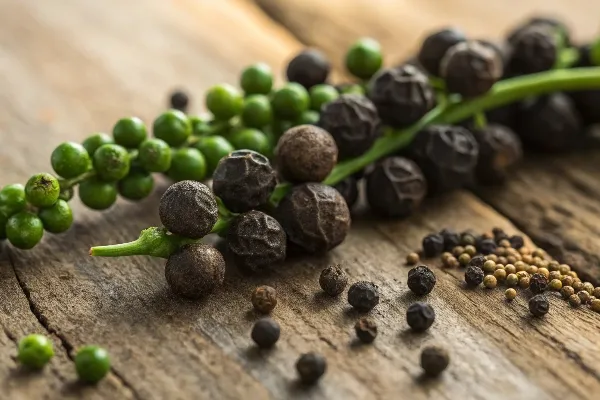
Do you need to wash salt and pepper grinders?
Cleaning your salt and pepper grinders is essential to maintaining their performance and ensuring that they continue to deliver fresh, flavorful seasoning. But how often should you wash your grinders, and what’s the best way to clean them?
It’s recommended to wash your salt and pepper grinders periodically to prevent any buildup of salt or pepper residue that can affect the flavor and the performance of the grinder. Over time, salt and pepper can accumulate inside the grinding mechanism, making it harder for the grinder to function properly. A buildup of oils from the spices can also impact the freshness of your seasoning.
For electric grinders, it’s important to follow the manufacturer’s cleaning instructions. Many electric grinders are easy to wipe down with a damp cloth, but you should avoid submerging the electrical parts in water. It’s also a good idea to use a soft brush or cloth to clean out the grinding mechanism and remove any leftover salt or pepper.
Manual grinders are easier to clean since they can be disassembled and washed by hand. Use warm, soapy water to clean the grinding parts, but be careful not to soak the entire grinder if it’s made of wood or other sensitive materials. After cleaning, make sure the grinder is completely dry before refilling it with salt or pepper.
Regular cleaning is important for both electric and manual grinders to ensure they continue to perform well and maintain the best flavor. Neglecting to clean your grinder can lead to clogged mechanisms, uneven grinding, and stale seasoning, which could impact the taste of your dishes.
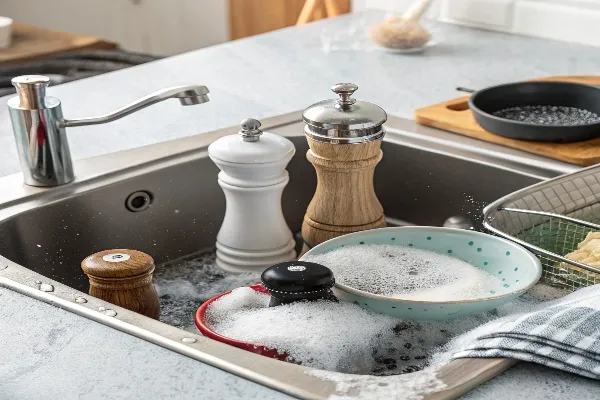
Can I put fine salt in a salt grinder?
While it’s possible to use fine salt2 in a salt grinder, it’s generally not recommended. Salt grinders are designed to work best with coarse salts, like sea salt or Himalayan pink salt. Fine salts, like table salt, are too small and powdery, making them difficult to grind properly and potentially clogging the grinder’s mechanism.
Fine salt also lacks the texture and natural mineral content of coarse salts, which means that it won’t provide the same level of flavor when ground. Coarse salts have a more complex structure that releases its flavor more gradually when ground, which is why they’re often preferred for grinding.
If you attempt to use fine salt in a salt grinder3, you may notice that it doesn’t grind as efficiently and may even damage the grinding mechanism over time. For best results, always use coarse salt in a grinder designed for grinding. This will ensure a smooth grinding process and provide you with the freshest seasoning possible.
In summary, while you technically can use fine salt in a salt grinder, it’s best to stick with coarse salts for optimal performance and flavor. Using the right type of salt will ensure that your grinder functions properly and that your seasoning tastes as fresh as possible.
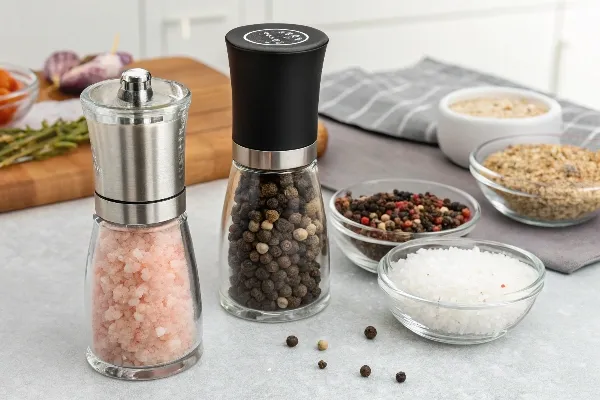
Conclusione
Electric salt and pepper grinders are worth it for people who prioritize convenience, consistency, and ease of use. They provide a uniform grind, save time, and offer more control over the seasoning. However, manual grinders have their own set of benefits, including greater durability and control over the grind. When it comes to choosing salt and pepper for these grinders, it’s best to use coarse salts and whole peppercorns. Cleaning your grinder regularly is essential to maintain its performance and ensure you get the freshest, most flavorful seasoning. If you’re looking for convenience and efficiency, electric grinders are a great choice, but manual grinders can also offer the same benefits with a bit more effort.
-
Learn why pre-ground spices may lack the freshness and flavor of freshly ground alternatives, enhancing your culinary experience. ↩ ↩
-
Exploring the uses of fine salt can enhance your understanding of its culinary applications and benefits. ↩
-
Learning about the best salt grinders can improve your cooking experience and seasoning quality. ↩

